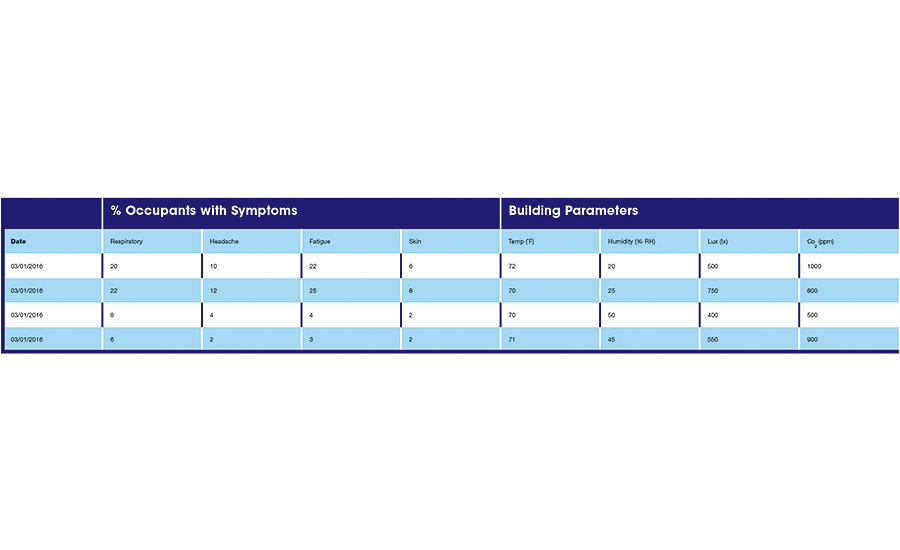Evidence-based design (EBD), now a popular concept in health care facilities, is a very powerful tool. When it is used to manage IAQ through use of natural ventilation in HVAC system design, we must be clear about the most important evidence on which to base the designs.
The term EBD is derived from evidence-based medicine, a movement that became well known in the 1990s when patient care began to shift from the “art of medicine” to the “science of medicine.” This shift was intended to improve patient care by having best-practice protocols, based on data (evidence) distilled from well controlled research studies, readily available to physicians when treatment plans were being made.
The prior practice of physicians creating plans based on their individual opinions, or on a few anecdotal patient outcomes, was resulting in widely varying medical outcomes and costs.
How does EBD apply to choosing and maintaining HVAC and other mechanical systems?
A quick Google search revealed the following explanation of EBD in health care facilities:
The primary goal is to provide a healing environment, as determined by positive outcomes in three investments, based on existing research:
- Designed infrastructure, including the built environment and technology
- Re-engineered clinical and administrative practices to maximize infrastructure investment
- Leadership to maximize human and infrastructure investments
One might reasonably ask, for whom is this environment healing? Revenue-driven energy conservation and building values seem to be the metrics driving this EBD.
These are important metrics; however, a very important data category is sadly missing. Where is a focus on the wellbeing of building occupants? Whether this occupant is a patient, clinical caregiver, office worker, or student, the most valuable asset of any individual is their health. Arguably, there are many genetic and lifestyle factors which predispose certain illnesses and confound the role of indoor building conditions. Nevertheless, with carefully designed studies and the power of computerized data mining, we can now ask how the indoor environment impacts wellness, acute illnesses, and chronic diseases.
To obtain the needed evidence, a study must be properly designed to ask:
- What is the most important factor being studied?
- What are the significant variables?
- How can the study be structured to answer these questions?
We need a tool to overlay data on the health of building users with data on the indoor environmental conditions.
This resulting data might look like Figure 1.
Subsequent grouping and statistical analysis of trends could reveal important correlations, thereby adding human health data to guide the design and maintenance of HVAC systems in hospitals, office buildings, and schools. With this data, we could conserve energy use, maintain building values, and protect the #1 asset — our health. ES



